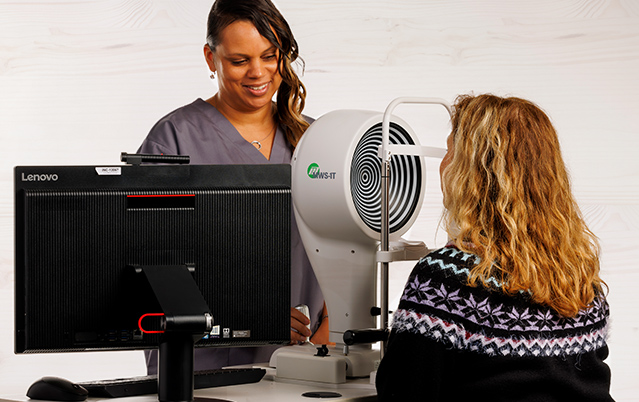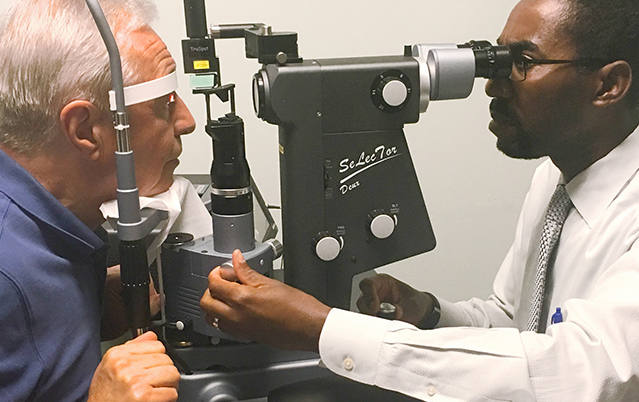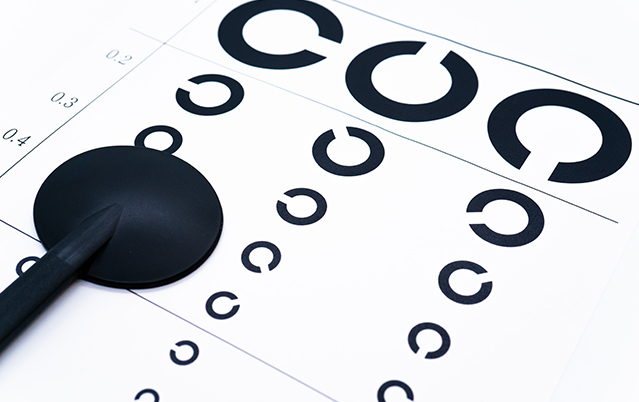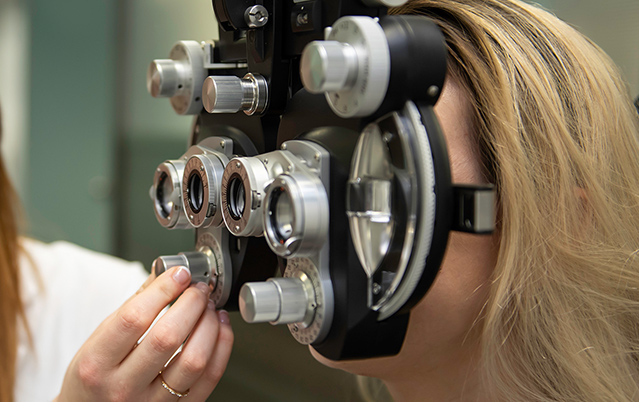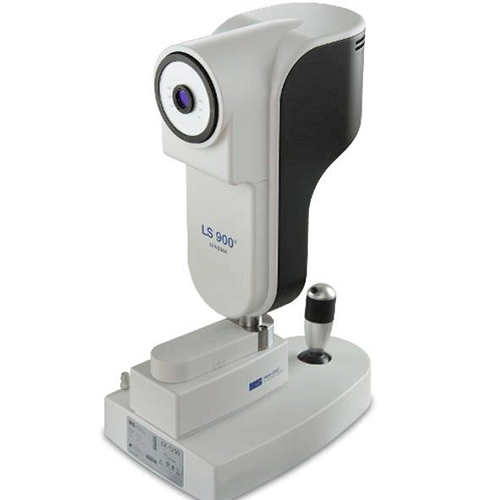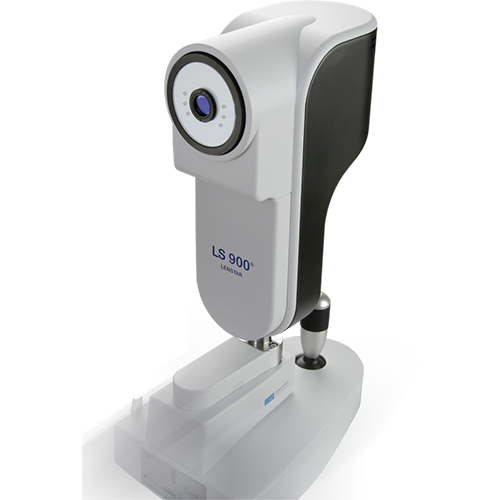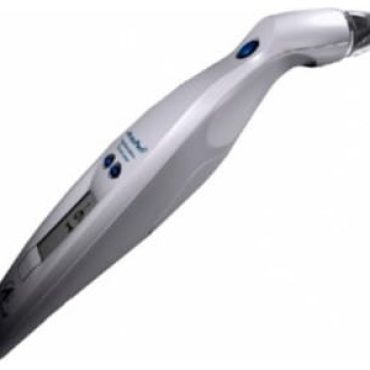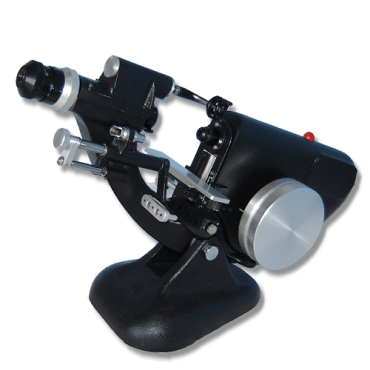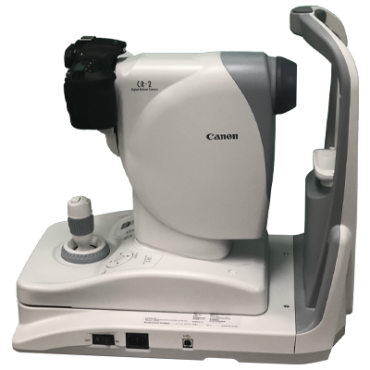Haag-Streit Lenstar LS 900 Optical Biometer Gen 1 (Pre-Owned)
Brand: Haag-Streit
SKU: USUHS900LENSTARG1
Price:
The pre-owned Haag-Streit Lenstar LS 900 calculates seven optical measurements including axial length, central corneal power, central corneal thickness, anterior chamber depth, and more.
Free
MSRP:
The expertly refurbished (used) Lenstar LS 900 simultaneously calculates seven optical measurements including axial length, central corneal power, central corneal thickness, anterior chamber depth, lens thickness, horizontal corneal diameter, and pupil diameter. This biometer uses optical low-coherence reflectometry to measure along the visual axis and dual-zone autokeratometry to measure the central corneal power without touching the eye. The end result is a truly accurate estimation of IOL power.
All pre-owned inventory from Marco Lombart is meticulously refurbished, tested, and re-calibrated by the factory-trained technicians at Enhanced Medical Services (EMS). All pre-owned and demo products are subject to availability. Please contact us for details. Allow up to 4 weeks for delivery.
FEATURES:
Keratometry (K) – The Lenstar’s dual-zone auto-keratometry feature takes measurements using 32 reference points located in two concentric rings of 1.65 and 2.3mm. Every time the operater hits the trigger button to produce a scan, 128 measurements are acquired. The keratometry measurement process as recommended with five sets of readings (scans) results in a total of 640 keratometry measurements.
Axial Measurements – Anterior chamber depth, lens thickness, and the refractive axial length are simultaneously achieved using optical biometry. The measurement of axial length includes a display of the anterior cornea and posterior cornea, the anterior chamber depth, the lens thickness, as well as the location of the vitreoretinal interface and the retinal pigment epithelium. The Lenstar LS 900 can also be used to measure the post-operative pseudophakic lens thickness, which may be helpful in confirming the correct lens power following a refractive surprise.
Additional Features – Measurement data can be directly imported into standalone software.
Related Products
Free shipping is only available for online orders in the continental United States.
Certain exclusions apply.
Exclusions include, but are not limited, to the following products:
Acuity Systems & Projectors, Chair & Stand Accessories, Autorefractors, Lensmeters, Keratometers, Portable Slit Lamps, Stools, Tables, Tonometers, Trial Lens Sets.
- Clearance
- Exam Lane
- Pre-Test
- Diagnostic/Imaging
- Treatment & Surgical
- Lab & Dispensing
- Supplies & Accessories
- Pre-Owned
- All Pre-Owned Equipment
- Pre-Owned Acuity Projectors
- Pre-Owned Autorefractor/Keratometers
- Pre-Owned Biometers
- Pre-Owned Indirect Ophthalmoscopes (BIOs)
- Pre-Owned Chairs & Stands
- Pre-Owned Lens Edgers
- Pre-Owned Lensmeters
- Pre-Owned Manual Keratometers
- Pre-Owned OCTs
- Pre-Owned Ophthalmic Lasers
- Pre-Owned Refractors & Phoroptors
- Pre-Owned Retinal Cameras
- Pre-Owned Slit Lamps
- Pre-Owned Tonometers
- Pre-Owned Ultrasounds
- Pre-Owned Visual Field Perimeters



